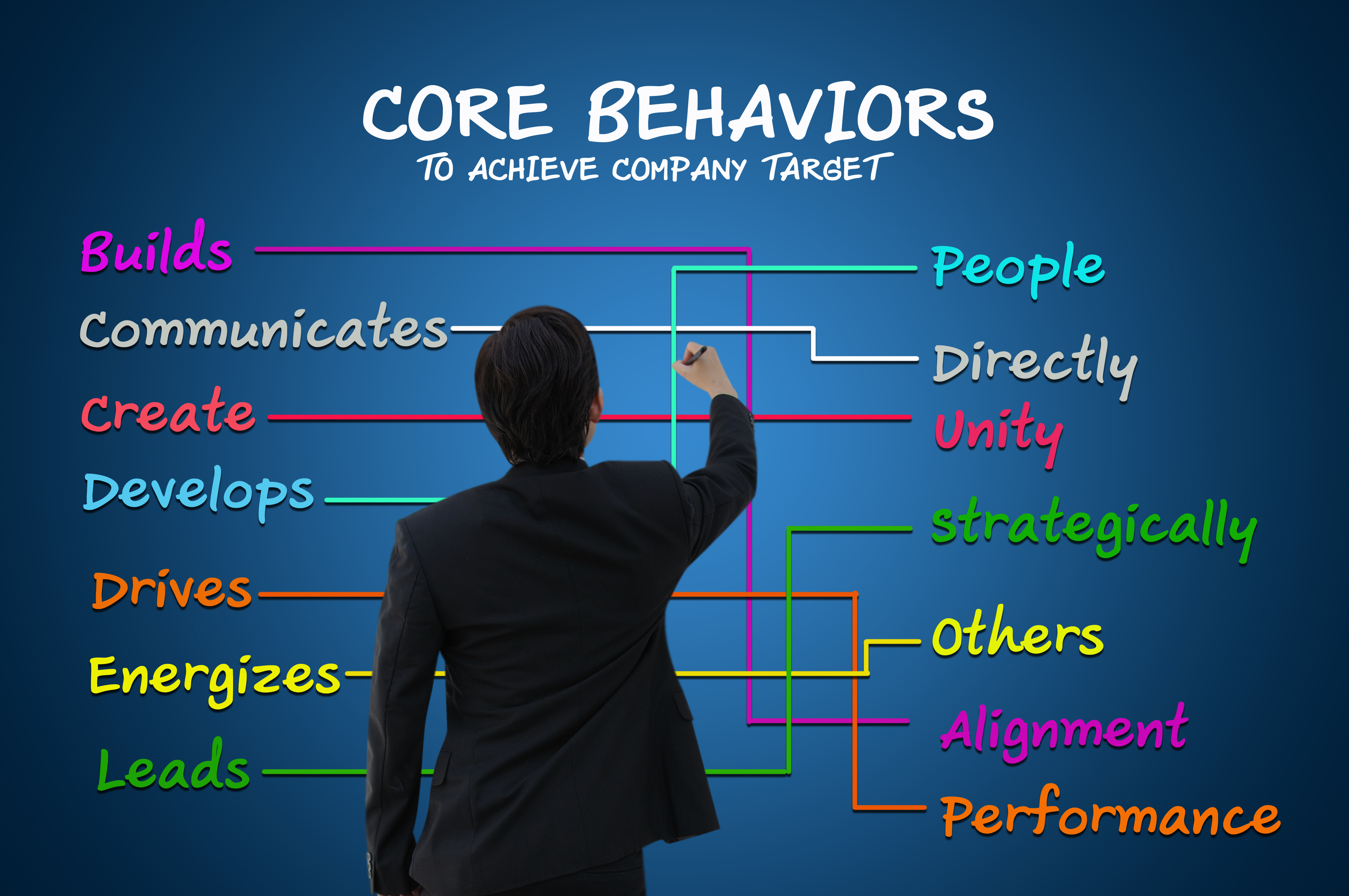Modeling Wanted Behaviors
As I wonder through the hallways, I try to take note of what’s going on around me; the mood of the space, the pace of the people working there, body language, communication styles, who is doing what activity, and level of stress. If time and activity permit, I’ll speak with employees and take the opportunity to get to know them, find out what their challenges are, what support they need, and try to assess their general state of being in their work environment. One thing I’ve noticed lately is that during these walkthroughs, the one consistent theme is a disconnect between what is being asked of them and what they understand needs to be done.
It seems that the motto “do as I say” isn’t producing the desired results. Go figure! Managers (and especially assistant managers), aren’t knowledgeable in the field of understanding the basics of communication, let alone manager/employee communication. For example, how many times has someone said “I told you to do…” and you thought you did, but evidently you didn’t? If this sounds familiar, then it’s time to change the way communication occurs.
The Basics
The one thing I know for sure is that whatever I say, most likely isn’t what’s heard. Guaranteed! Our experiences, education levels, social and economic backgrounds, and biology shape both how we speak and how we understand/process what we hear. Lately there’s been numerous articles and a push to become “active listeners” which is a good principle that I’m even working on improving this year. But while we sit and listen, intensely focusing on what is being said, we repeat back what we heard (all good here) but what gets interpreted and processed behind the curtain of our brains can vastly differ. Think about it...
We are all wired differently. So why do we expect others to automatically understand what we are communicating? Bottom line… We can’t and shouldn’t. In order for our communication to avoid getting lost in translation, we need to begin modeling our communication styles and behaviors. It is only through a comfortable dialogue (back and forth interaction) can we truly communicate and end with a shared mental state or joint understanding.
The best way to communicate intention and information is through modeling. Sounds weird, right? While I can go into a number of theories on why this is better, I’m only going to focus on one; Social Learning Theory. Social learning theory is a bridge between cognitive and behaviorist theories and it encompasses attention, memory, and motivation (2). Behavior modeling is a component of social learning theory and is the act of showing employees how to do something and guiding them through the process of observing and imitating the desired behavior (1).
Putting Theory into Action
So we have the challenge: spoken/heard. We have the solution: social learning theory/behavior modeling. So how do we connect it all? The key to connecting it all is to understand how to bridge the psychological process between attention, memory and motivation by emphasizing behaviors of observation and imitation. The basic premise is:
- You see an action portrayed
- You identify with the person performing the action
- You imitate the person’s action
- You get a consequence
Here are a few examples:
- Instead of telling employees to perform a task, instead sit down with the employees and physically show them how to perform the task.
- Instead of telling employees to perform a task, instead sit down with the employees and physically show them how to perform the task.
- Instead of telling employees that they are required to inform customers of delays in products or services, instead go out or call and inform customers of delays while paying attention to tone of voice, body language (even if it’s on the phone), and verbiage.
Results
While the premise is primitive, you get the idea. You are a leader after all and employees are watching you for their queues on how to dress, act, perform, and behave (on stage). And if you noticed, in these three examples there is a distinct subliminal message to employees also called “do as I do” which is one of the most powerful communication tools you have as a leader.
Additionally keep in mind, as employees start to imitate what you are modeling, remember to reinforce your expected behaviors. This is usually accomplished by saying “thank you,” congratulations, or even “good job.” Modeling and praising expected behaviors will then begin the change in culture without all the challenges of trying to mandate changes through traditional command and control mechanisms. Think along the line of the Mindspace Approach(3) to influence (non-coercive) behaviors through modeling.
As you can see, if you really want to impact how tasks are done, start modeling the behaviors you want them to imitate; open up those lines of communication and understanding. People want to be successful, but if we don’t understand the challenges/barriers of communication and don’t understand how people hear or learn, then we fail before we even have a chance to succeed. We are “on stage” at all times. Employees watch our every move and take their cues from what they see; consciously and subconsciously. In the end, what we say is far less important than what we do. How we communicate to others and help them truly understand, will define our level of success.
© Darrielle Ehrheart | September 4, 2017
Back to Home >>